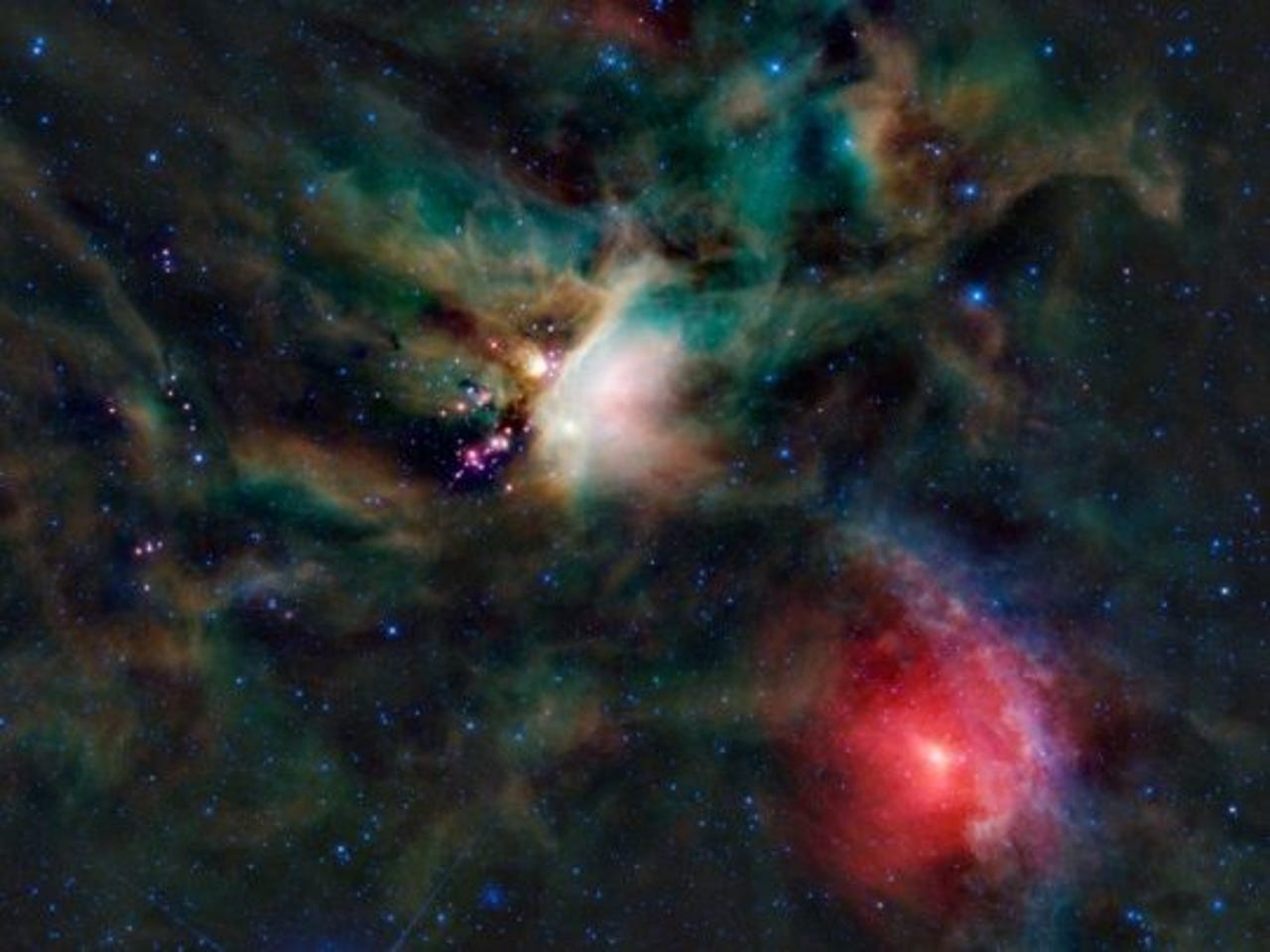When the Wide-field Infrared Survey Explorer (WISE) launched in December 2009, it had one goal: to more proficiently map the sky than the infrared telescopes that came before it.
If the latest photos released from WISE are any indication, it succeeded in that charge.
Earlier this month, NASA released a host of images taken by WISE. The images in the first release encompass only 57 percent of all the pictures the telescope captured. NASA plans to launch WISE's complete survey in the spring of 2012.
"We are excited that the preliminary data contain millions of newfound objects," Fengchuan Liu, the project manager for WISE at NASA's Jet Propulsion Laboratory, said in a statement. "But the mission is not yet over--the real treasure is the final catalog available a year from now, which will have twice as many sources, covering the entire sky and reaching even deeper into the universe than today's release."
WISE captured images at four infrared wavelenghts of light, NASA said. It was able to take more than 2.7 million images featuring "millions of galaxies, stars, [and] asteroids" before it was decommissioned by the government agency in February.
NASA hopes that by releasing the images, astronomers around the globe will be able to find "hidden oddities" and areas where follow-up studies can be done to glean more information about space.
Left image: The Rho Ophiunchi cloud complex is in full view. The bright white in the middle of the image takes on that look owing to the heat emitted from nearby stars, NASA says.
